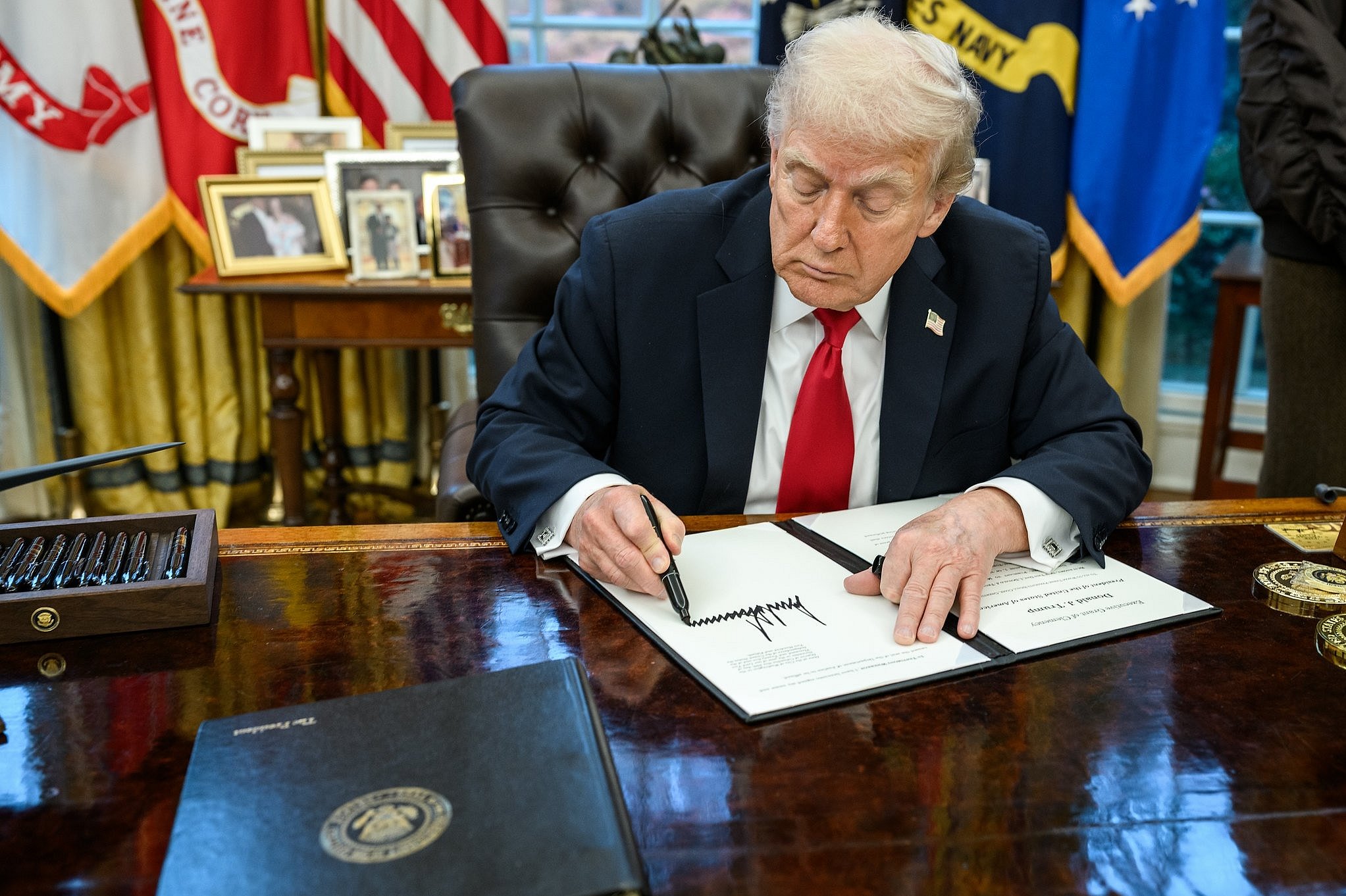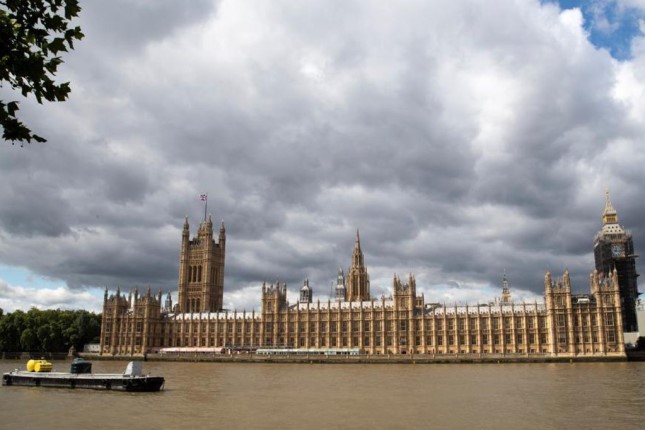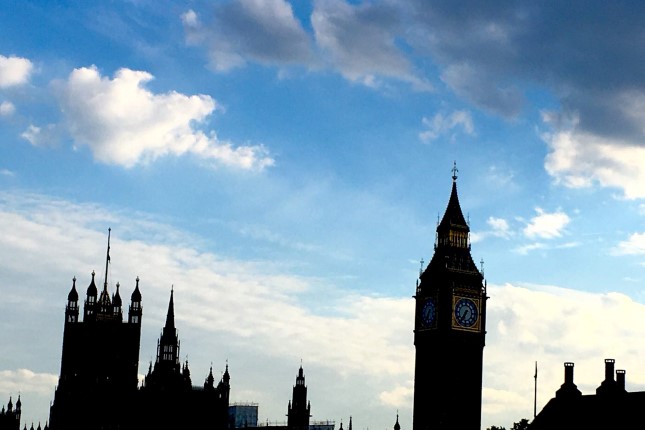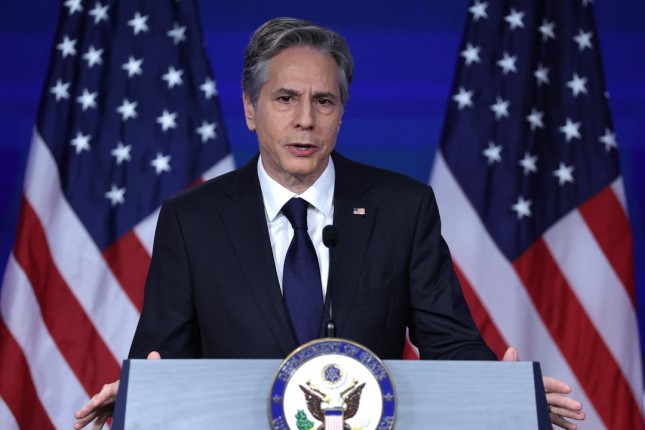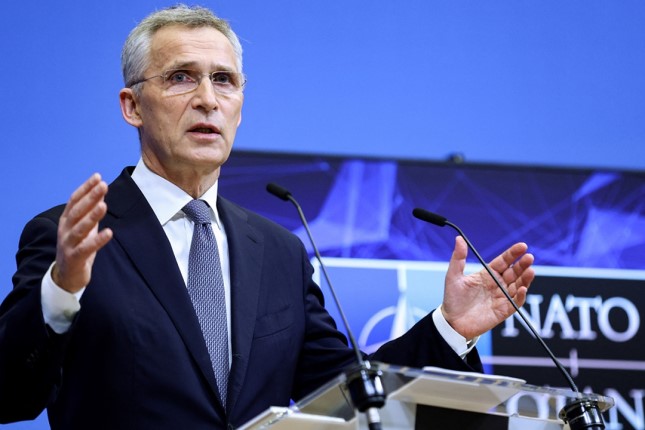Appearing before the committee were Michael Barr, the vice chair of the Federal Reserve responsible for bank supervision, Martin Gruenberg, the chairman of the Federal Deposit Insurance Corporation [FDIC], and Nellie Liang, undersecretary at the Treasury for domestic finance.
Barr told the committee the extent of the SVB bank run was significantly larger than previously reported and after $42 billion had been withdrawn on March 9 more than double that amount was lined up to leave the next day.
“That morning [Friday March 10], the bank let us know that they expected the outflow to be vastly larger based on client requests and what was in the queue,” he said. “A total of $100 billion was scheduled to go out the door that day.”
Barr said the Fed had tried to assist SVB to obtain additional liquidity to meet the withdrawals, but the size of the run made it impossible and the FDIC seized the bank before it opened.
The law governing the FDIC is that insurance is only guaranteed on deposits up to $250,000 – an amount far more than most Americans have in their accounts – but the limit was removed to cover all depositors, some of them holding tens of millions of dollars, on the grounds that failure to do so would create “systemic risk.”
There was considerable finger pointing at the hearing as members of the committee sought to shift the blame for the debacle.
During his testimony, Barr, who is heading a Fed investigation due to report in May, said Fed supervisors had found “deficiencies” dating back to late 2021 and had met with SVB management in November 2022.
However, Fed staff had only briefed the Fed’s governing body in mid-February this year on the problems at SVB and it was only then, Barr said, he first learned of the bank’s exposure to risks associated with rising interest rates.
Barr said the problems that led to the SVB failure were “really basic” banking risks including the failure to deal with the fall in value of long-term securities when interest rates rose.
“The examiners at the San Francisco Federal Reserve bank called those issues out … and those actions were not acted on in a timely way.”
Attempting to deflect attention away from the role of regulatory authorities he said: “Fundamentally, the bank failed because its management failed to appropriately address clear interest-rate and clear liquidity risk,” he said. Government authorities were forced to step in because of a “textbook case of mismanagement.”
But if the management of SVB failed to take into account the effect of interest rate rises it was not alone.
As Louisiana senator John Kennedy raised during the hearing, the so-called stress tests, applied to banks by the Fed to see how they would respond to a shock, did not include the effects of interest rate rises.
Their exclusion implies the Fed considered its ultra-easy monetary policies, which sent the stock market to record highs and boosted the wealth of financial oligarchs into the stratosphere, would continue. Little wonder the executives of SVB made the same decision and took the view that if there were any rises, they would soon be wound back.
The Fed was only forced to reverse course when a powerful social force entered the scene, the upsurge of the working class in support of wage demands to meet the highest inflation in four decades, leading to the decision to start hiking rates in a bid to crush it.
Throughout the hearing the air was full of denunciations of the supposed regulators and guardians of the stability of the financial system.
Tim Scott, the leading Republican on the committee, said SVB was “rife with mismanagement” and there was a “clear supervisory failure” which contributed to its demise.
“Our regulators were simply asleep at the wheel,” he said.
The banking committee chair, Democrat Sherrod Brown, who likes to present himself as pro-worker, engaged in the usual populist bluster employed by members of his party when confronted with a crisis of the financial system.
“We’re left with many questions – and a lot of justified anger – towards bank executives and boards, venture capitalists, federal and state bank regulators, and policymakers,” he said.
Brown attempted to shift the blame, at least indirectly, to the Republicans and the Trump administration, noting that the predecessors of the officials before the committee “rolled back protections like capital and liquidity standards, stress tests, brokered deposit limits and even basic supervision. They greenlighted these banks, to grow too big, too fast.”
One of those pushing for lightening the regulations on smaller banks such as SVB was Fed chair Jerome Powell who was reappointed to his position by the Biden administration.
Democrat senator Elizabeth Warren chimed in, accusing regulators of burning “dozens of safeguards that were meant to stop banks from making risky bets.”
Montana Democrat Senator Jon Tester said: “It looks to me like the regulators knew the problem but no one dropped the hammer. As you do your look back into what transpired, it better be fixed.”
Amid the calls for tighter control and supervision there was a significant exchange in the course of the hearing.
As reported by the Wall Street Journal, when he was asked by Republican senator Mike Rounds “how soon a bank should respond to supervisory directives from the Fed, Mr Barr said he did not know the time frame for such action.”
Such an admission from the top Fed official in charge of supervision exposes the entire regulatory framework as largely a fiction.
FDIC chair Gruenberg said that without government action there was “significant risk of contagion” and “serious stress” elsewhere, noting that Signature Bank, also taken over the FDIC, lost 20 percent of its deposits in a matter of hours after SVB was closed.
He said the FDIC estimated the cost of covering SVB’s deposits at $20 billion and that of Signature at $2.5 billion.
It remains to be seen what else will emerge from the various investigations into the SVB collapse and how many more middle-sized banks are on the same road, particularly as interest rate rises and a credit crunch hit the commercial real estate market in which they are heavily involved.
Photo: Federal Deposit Insurance Corporation (FDIC) Chairman Martin Gruenberg (left), and Michael Barr (right), Vice Chairman For Supervision of the Board of Governors of the Federal Reserve System, testify before a Senate Banking, Housing, and Urban Affairs hearings to examine recent bank failures and the Federal regulatory response on Capitol Hill, March 28, 2023, in Washington © AP Photo / Manuel Ba lce Ceneta.
Source: World Socialist Web Site.

















